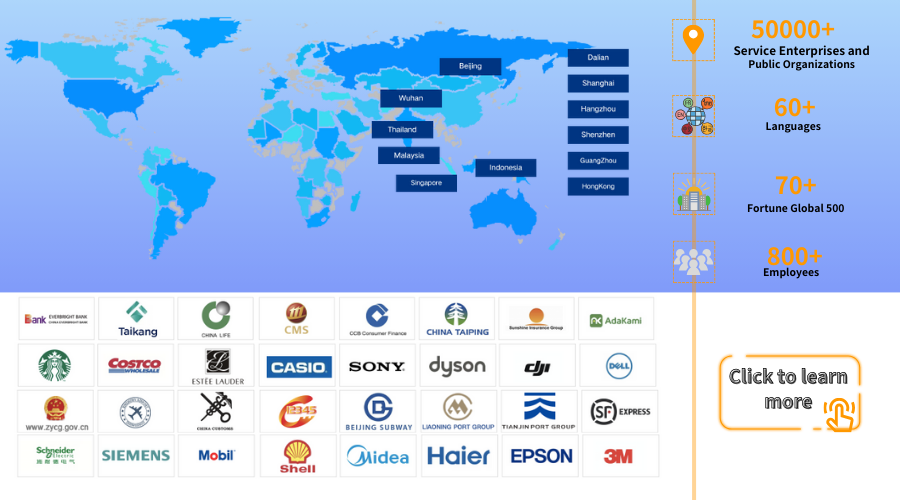What is a call center? Definition, types, and how they work
Article Summary:A call center is a team of customer service specialists who field phone calls from customers. Learn more about what it takes to create a modern call center that provides superior experiences.
Table of contents for this article
A call center is a team of customer service specialists who field phone calls from customers. Learn more about what it takes to create a modern call center that provides superior experiences.
What is a call center?
A call center is a centralized office or department that handles incoming and outgoing telephone calls for a company or organization. Call centers are used by many companies to handle customer service inquiries, technical support questions, sales inquiries, and other business functions that involve telephone communication. With the rise of modern technology and communication methods, call centers have evolved significantly over the years but still play an important role for many businesses.
To define a call center, it is essentially a facility where employees handle telephone calls from customers or clients. The main functions of a call center involve taking calls, responding to inquiries, addressing issues or complaints, providing information, processing orders or requests, and assisting customers in a variety of ways via telephone. Call centers are typically set up with computer terminals at employee workstations that allow them to pull up customer accounts and records, access knowledge bases, input updates or changes, and monitor call volumes and performance metrics.
Types of call centers
There are different types of call centers that serve different purposes.
Inbound call centers handle incoming calls from customers and clients who are contacting the company. Common examples include customer service call centers, technical support call centers, and emergency response call centers like 911 dispatch centers.
Outbound call centers focus on making outgoing calls, usually for purposes like telemarketing, surveys, collections, appointment reminders, and other proactive outreach. Blended call centers handle both inbound and outbound calls to provide a full-service experience.
Virtual call centers have emerged in recent years as a more flexible option. With virtual call centers, agents work remotely from home instead of in a centralized office. They use cloud-based phone systems, virtual private networks, and other technologies to securely handle calls as if they were on-site. This allows companies to hire agents anywhere while saving money on physical office space.
How do call centers work?

Regardless of type, all call centers share some common operational components and workflows. Agents are seated at computer workstations equipped with headsets and dialing pads or softphones. When a call comes in, it is routed to the next available agent based on skills, availability, and other load balancing factors. The agent pulls up any relevant customer records on their screen before answering the call. They are trained to follow standardized scripts and procedures to handle the call efficiently according to the company's policies.
Quality monitoring is a major part of call center management. Calls are routinely recorded and evaluated to ensure agents are providing excellent customer service, complying with regulations, and adhering to procedures. Coaching is provided as needed based on monitoring feedback. Performance metrics like call handling times, customer satisfaction scores, first call resolutions, and other KPIs are also closely tracked to optimize processes and agent performance over time.
Advanced technologies continue to transform call centers and improve the customer experience. Features like interactive voice response systems, virtual assistants, chatbots, and other AI tools now handle many basic inquiries without requiring a live agent. When a customer does need an agent, their records and full interaction history are automatically displayed for a seamless transition. Advanced analytics also allow call centers to better predict call volumes, anticipate customer needs, and continuously enhance service levels.
Udesk's Cloud Call Center streamlines customer connections, ensuring prompt responses and surpassing expectations across channels. Proactively engage customers through their preferred channels, increasing response rates and revenue with targeted campaigns. Access Cloud Telephony, Unified Communications, and Call Center Solutions tailored to your needs, providing support for customers who prefer phone-based assistance.
In addition, our call center offers powerful AI and customizable capabilities to improve customer experiences and profitability. This includes call center IVR for interactive voice response and self-service, as well as automatic call distribution (ACD) with skills-based and intelligent routing to ensure each customer receives the right support. We also elevate omnichannel experiences with the power of artificial intelligence (AI), engaging customers in the moment through bot support, data-driven insights, and more. Furthermore, we empower your teams with user-friendly analytics and reporting tools, unlocking valuable insights for seamless cross-channel customer experiences.
Take our Call Center for a spin—for free—to see how it can work for your business.
The article is original by Udesk, and when reprinted, the source must be indicated:https://www.udeskglobal.com/blog/what-is-a-call-center-definition-types-and-how-they-work.html
Call CenterCloud Call CenterContact Center

 Customer Service& Support Blog
Customer Service& Support Blog



